Imagine: You arrive home after a long day of work. As you enter your house, the lights in your entryway automatically turn on to display a warm, relaxing white light. When dinner time approaches, you say “Google, turn on the kitchen and stove lights”. The lights in your kitchen spring on as you begin to prepare dinner. After making the perfect meal, you decide to relax in the den. “Google, it’s movie time,” you announce, and the strip lights around your TV automatically dim to create the ideal home theater lighting. You can control and program every light in your house with simple commands and automation, and it is all thanks to smart lighting.
What is Smart Lighting?
Smart lighting refers to home lighting technology that is remotely controlled through Wi-Fi, Bluetooth, apps, or smart home devices. Smart lights give users increased customization and flexibility over their lighting environments. Depending on the specific light, you can remotely adjust the brightness, color temperature, color mode, or scheduling options.
The most common types of smart lights are smart LED bulbs, smart strip lights, and smart downlights. These fixtures can be integrated into a smart lighting system or hub, connecting multiple fixtures and allowing you to control various lights simultaneously. Smart lighting also seamlessly integrates with existing smart home devices to create an interconnected home automation network. With a variety of smart light options available, you can install these systems in your kitchen, bedroom, entertainment room, and even outside.
Why Is Smart Lighting a Growing Trend?
Smart lighting has become increasingly popular because of its easy integration with smart home systems like Amazon Alexa and Google Assistant. As the shift to smart home technology becomes more prominent, smart lights are just one of the ways that people are upgrading their devices. Smart lights can also connect to smart thermostats, security systems, and smart appliances to create an Internet of Things (IoT) network.
Another reason for their growing popularity is that smart lighting systems provide a level of control and convenience that traditional lighting can't match. Users can control their lighting remotely via smartphone apps, create automated schedules, or program systems to behave a certain way when prompted by voice commands. Lights can be turned on or off, dimmed to the desired level, or set to turn on and off at specific times from anywhere in the world. This follows the trend of our increased interest in AI-like systems and remotely-controlled devices.
Many consumers also enjoy the fact that smart lighting can help with your home’s security. Instead of relying on traditional timers that turn on and off at predictable and rigid times, you can set more robust programs that make your house appear occupied while you and your family are away. As long as you have a Wi-Fi connection, you can even adjust your home’s lighting in real-time to make it look like people are actively at home.
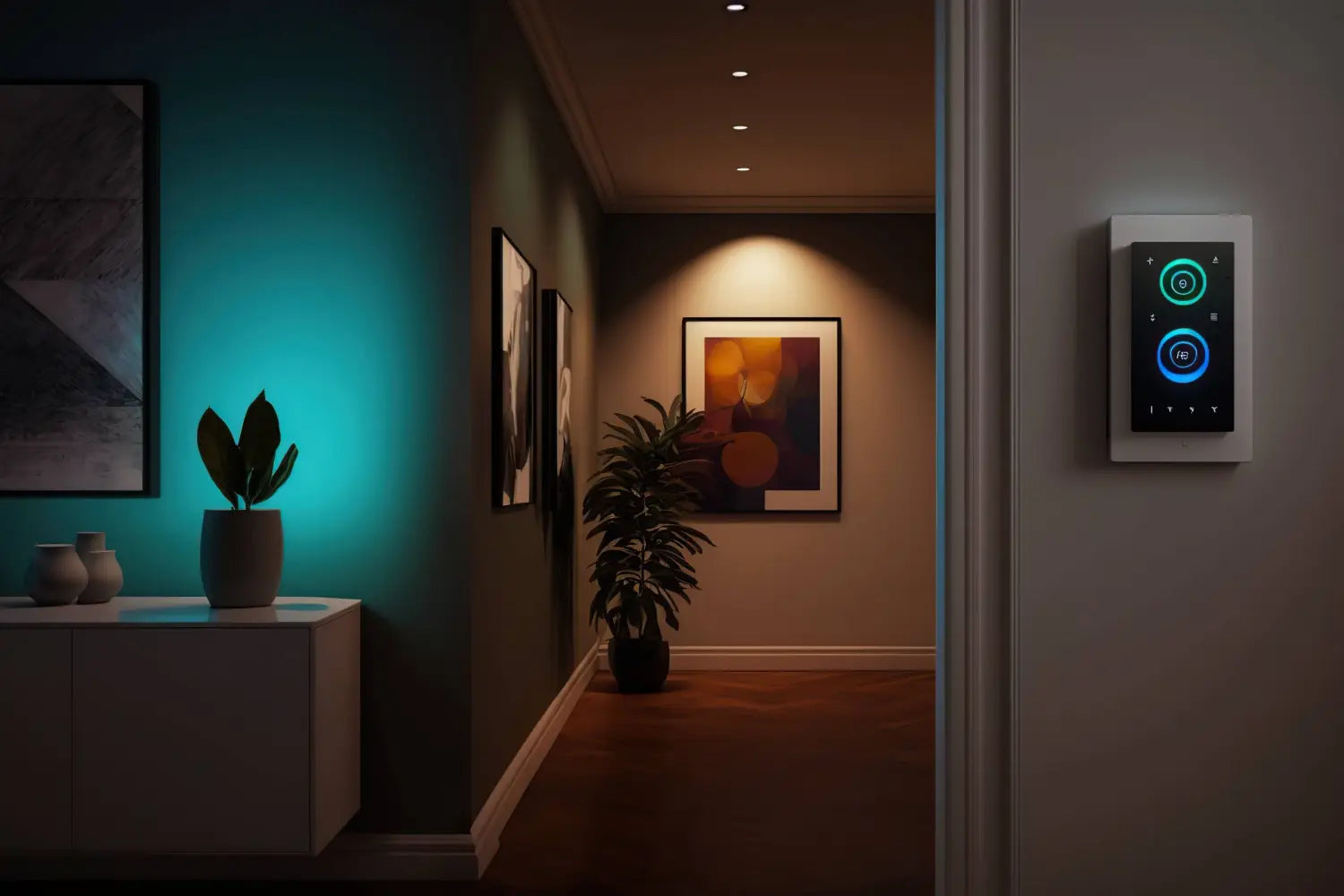
Benefits of Using Smart Lights
- Energy Efficiency: Smart LED bulbs are more energy-efficient than traditional incandescent bulbs or CFL bulbs. They consume less power, which reduces the money spent on electricity. And with various dimming capabilities, you can use less power to run dimmer lights at night or early in the morning.
- Saves Money: You can save money on your electricity bills by programming your lights to turn on and off at designated times. Smartphone control also allows you to turn your lights off anywhere you have a Wi-Fi connection, so you can check to see if your lights have accidentally been left on. This ensures that you are using your lights only when you need them. Additionally, since LEDs last longer than incandescent bulbs, this reduces money spent on replacement bulbs.
- Limitless Customization Options: Adding smart lights to your home allows for near-limitless opportunities for customization. This can include changing the color of the light, creating custom lighting for specific activities (reading, watching a movie, or hosting a party), and even syncing lights with music or audio from your TV.
- Reduction in Physical Switches: Smart fixtures reduce the need for physical switches and dimmers since you can use mobile devices, voice commands, or remotes to control light functions.
What Can Smart Bulbs Do?
Smart bulbs allow you to control your home lighting system through your phone, smart devices, or remote control. Change the color temperature to match whatever activity you are doing; utilize a warm white for cozy reading nooks or a cool white for focused workspace areas. You could even change the RGB color for a more dramatic effect at parties and special occasions. Smart lights are also programmable, meaning you can schedule them to turn on or off at specific times. For instance, have them slowly brighten up your room to help you gradually wake up in the morning. Some advanced products feature geofencing technology, which signals different commands based on the GPS location of your smart device. If your smart light has geofencing capabilities, you could program your lights to automatically turn on when you arrive home and turn off when you leave.
Another reason to choose smart bulbs is their compatibility with various smart home systems. By simply saying, "Alexa, turn off the living room lights" or, "Hey Google, dim the lights to 50%", you can easily manipulate your home's lighting without lifting a finger. Many people enjoy creating custom lighting automation triggered by specific voice commands. “Alexa, it’s party time,” could signal to your smart home system to switch your RGB lights into a strobe light mode. You can create custom environments where your lights behave in a certain way based on triggers like the time of day, your location in the house, or even the actions of other smart devices in your home. For example, you could program your lights to switch off automatically when your TV turns on to simulate movie-theater lighting.
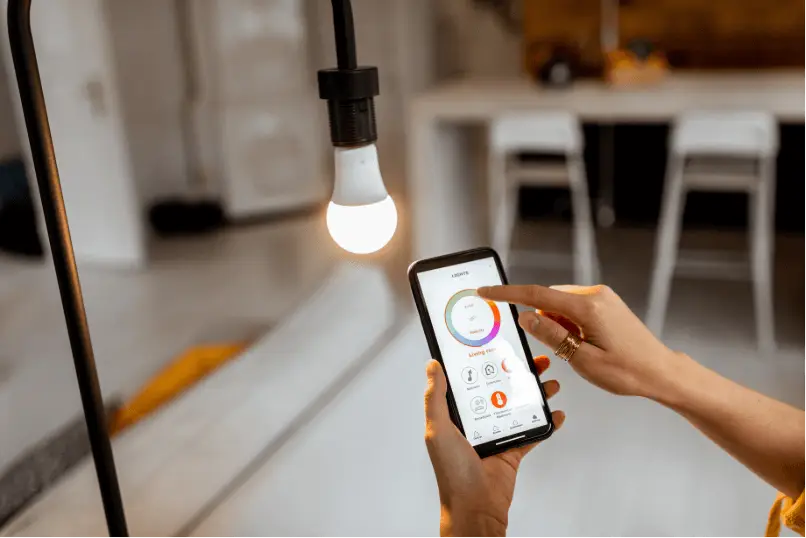
How Do Smart Light Bulbs Work?
Smart lights are LED bulbs equipped with wireless technology that enables them to connect with a networked controller. Bluetooth smart light uses Bluetooth Low Energy (BLE) to pair with your device. Once paired, you can control the light directly from your device. You will typically need to have your smartphone or tablet within a range of about 100 feet for the light to communicate with the controller.
The technology is somewhat similar for Wi-Fi-enabled smart lights. Your Wi-Fi smart light will start broadcasting a signal that your Wi-Fi router can pick up. Using the companion app, you'll be prompted to connect to the bulb via your home's Wi-Fi network. Once connected, the bulb communicates with the app through your Wi-Fi network, allowing you to control it anywhere you have an internet connection. Because it's connected to the internet, a Wi-Fi smart bulb can also integrate with other smart home devices and services. Many smart lights do not need large bandwidth to function and can even be offloaded to not congest your network.
The Future of Smart Lighting
As our desire for smarter technology increases, engineers and designers are working hard to ensure this technology stays safe and reliable. The Connectivity Standards Alliance (CSA), which oversees industry leaders like Matter, Zigbee, Thread, and JupiterMesh, has placed an emphasis on developing smart lights that are more compatible, secure, and efficient. Matter works to connect Amazon, Apple, Google, LG, Tuya, and other brand-specific devices together on the same network for increased compatibility. This way, you can easily add smart devices to your home network regardless of what company they are from. Matter-compatible devices are also encrypted for enhanced security against outside threats. Many new smart devices are switching to Mesh networks, which allows devices to communicate through other connected appliances to more easily link with the main hub across long distances.
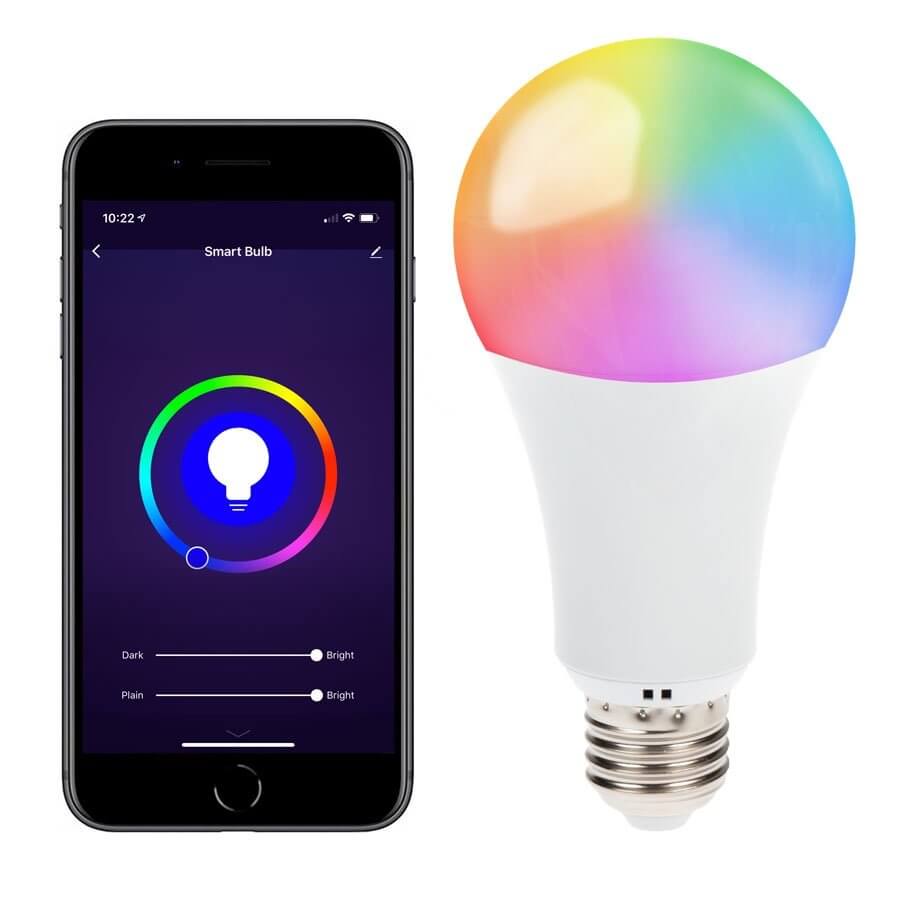
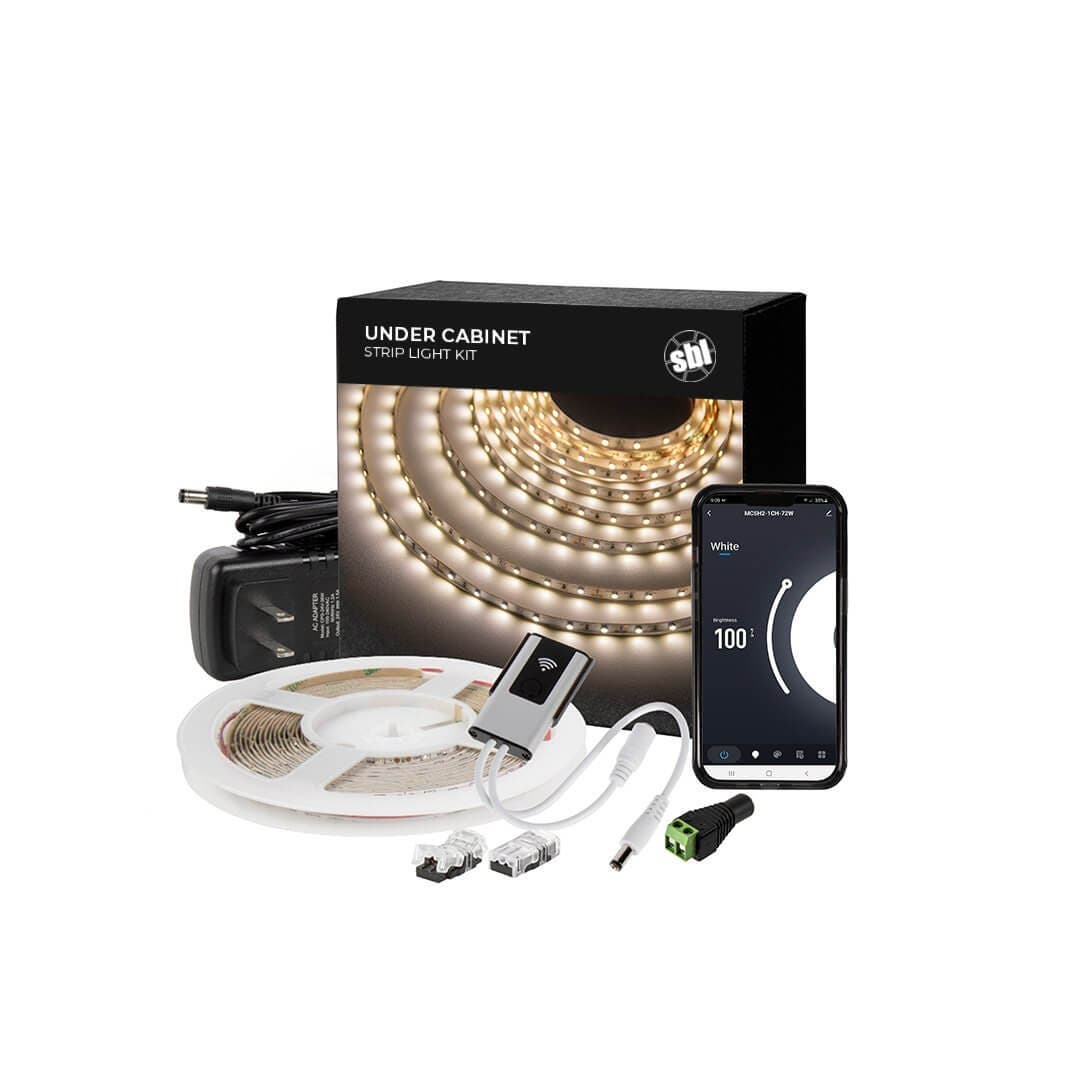
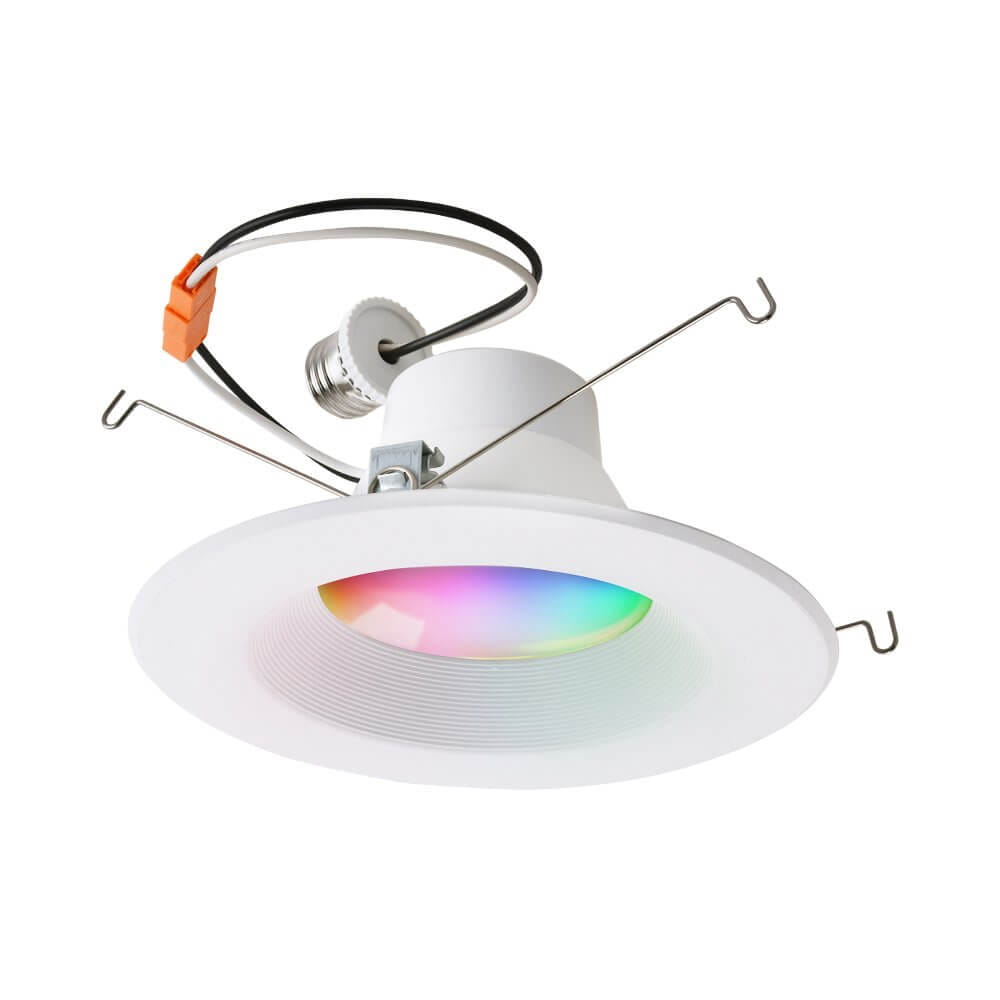
Why Should You Make The Switch?
As you can see, smart lighting is one part of the growing home automation trend. For those who value easily being able to program their home lighting, smart lights are the best way to accomplish this. And with future technological advances, the capabilities of smart lights will only grow. Check out our selection of smart lights to see how you can transform your home lighting today.
